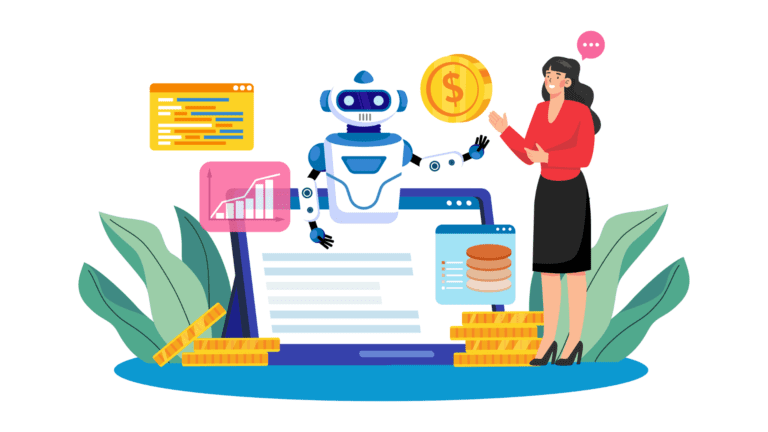As organizations increasingly adopt HR Employee Self-Service (ESS) systems, many employees and HR professionals have questions about what this means for their roles and workflows. In this blog post, we’ll address some of the most common questions regarding HR ESS systems.
What is an HR Employee Self-Service system?
An HR Employee Self-Service system is a digital platform that allows employees to manage various HR-related tasks independently. This includes updating personal information, viewing pay stubs, submitting leave requests, enrolling in benefits, and accessing company policies.
How does an ESS system benefit employees and HR departments?
For Employees:
- Accessibility: Anytime, anywhere access to HR information.
- Autonomy: Control over personal data and HR tasks.
- Time Savings: Quick and easy access to information.
- Improved Communication: Effective communication of updates and information.
For HR Departments:
- Increased Efficiency: Automation of repetitive tasks.
- Reduced Errors: Minimized data inaccuracies.
- Cost Savings: Streamlined processes and lower operational costs.
- Enhanced Data Management: Centralized data storage for compliance and reporting.
What types of tasks can employees perform using an ESS system?
Employees can typically perform a variety of tasks, including:
- Updating personal and contact information
- Viewing and printing pay stubs and tax documents
- Submitting time-off requests
- Enrolling in and managing benefits
- Accessing training materials and performance reviews
- Viewing company policies and announcements
What should organizations consider when implementing an ESS system?
When implementing an ESS system, organizations should consider:
- User Experience: Choose a user-friendly system.
- Integration: Ensure integration with existing HR software.
- Training: Provide thorough training for employees and HR staff.
- Feedback Mechanism: Create channels for employee feedback.
HR Employee Self-Service systems offer numerous benefits for both employees and HR departments. By empowering employees with the tools they need to manage their HR tasks, organizations can improve efficiency and enhance the overall employee experience.






